Casey Brown designs a rugged holiday house overlooking Avalon Beach in Australia
A highly crafted house pairs heavy natural materials such as stone and brass, with its impressive plot – a headland of of sandstone and shale jutting out into the Pacific Ocean
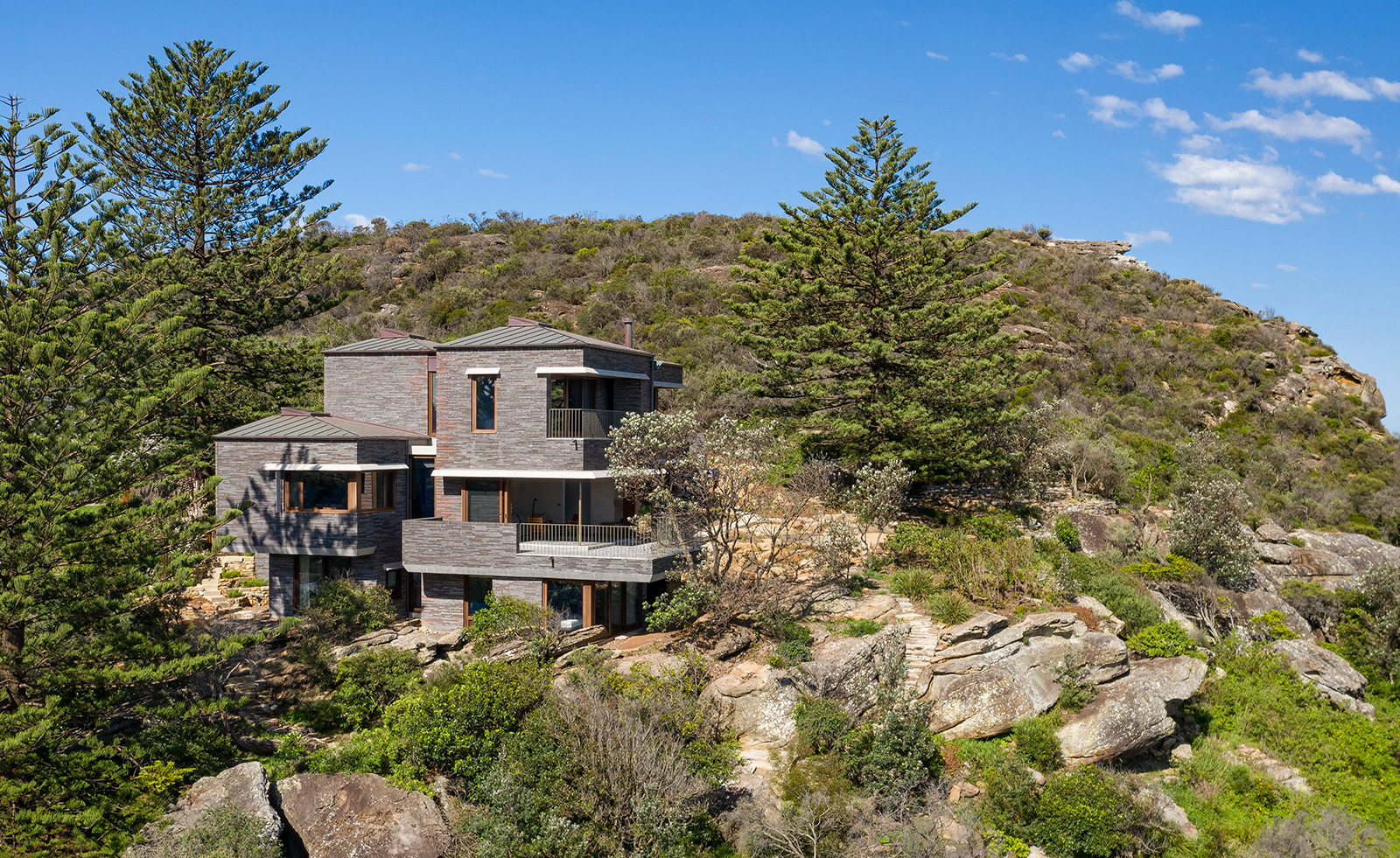
Overlooking Avalon Beach, north of Sydney, a new house designed by Casey Brown responds to the rugged landscape with raw materials and dramatic design.
The rising monolithic headland of sandstone and shale where the house is located juts out into the Pacfic Ocean and is surrounded by three collossal Norfolk pines and flame zone bushland.
It's no surprise that for the clients, this incredible piece of land was central to their plans. Their brief to the architects for the house was to ‘do the site justice’, ‘be part of nature’ and to ‘last 100 years’

Casey Brown's ‘topographic response' involved using the landscape as a tool and a guide. The journey starts at a Corten and copper vaulted entry canopy which is supported by a natural sandstone column found on the site. Opening up the front door reveals the view of the coastal headlands for the first time, framed by a double height space.
Five staggered pavilions, set naturally alongside existing boulders and twisted tea trees, align their openings to the southern coastal view and the beach view to the west. The façades feature cantilevered terraces and balconies, exposed hoods and deep recessions that bring light into the house.
Living spaces are distributed across the pavilions – the top floor is the private master suite, the garden level blends dining, cooking, living and working, while the lower space is a sheltered guest suite tucked into the rocks.

The heavy natural materials of the house rise in balance with the landscape. The concrete skeleton engineered by Ken Murtagh reflects the layers of the cliff face below. Large bricks by S. Anselmo feature inside and out. A smoky burnt colour has been used on the exterior to blend with the weathered sandstone, while inside, white bricks reflect light and the sun that filters through the house over the day.
Receive our daily digest of inspiration, escapism and design stories from around the world direct to your inbox.
Caroline Casey was responsible for the highly crafted interior details that continue the refined material choices. Stone floors, vaulted timber ceilings and brass railings are complemented with detailed joinery, and central to the house is a finely crafted floating concrete stair connecting the three levels featuring a brass sculptured screen.
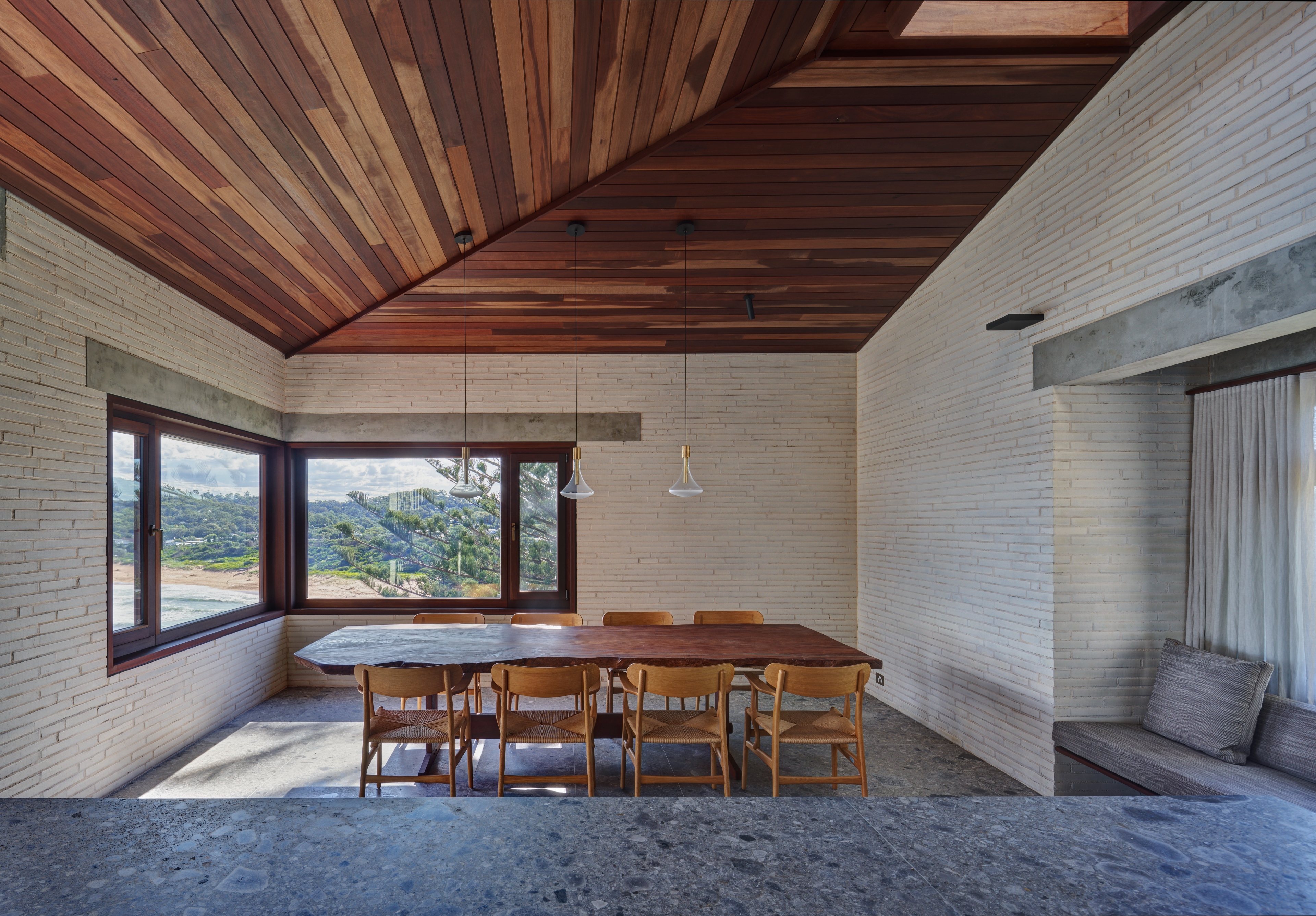
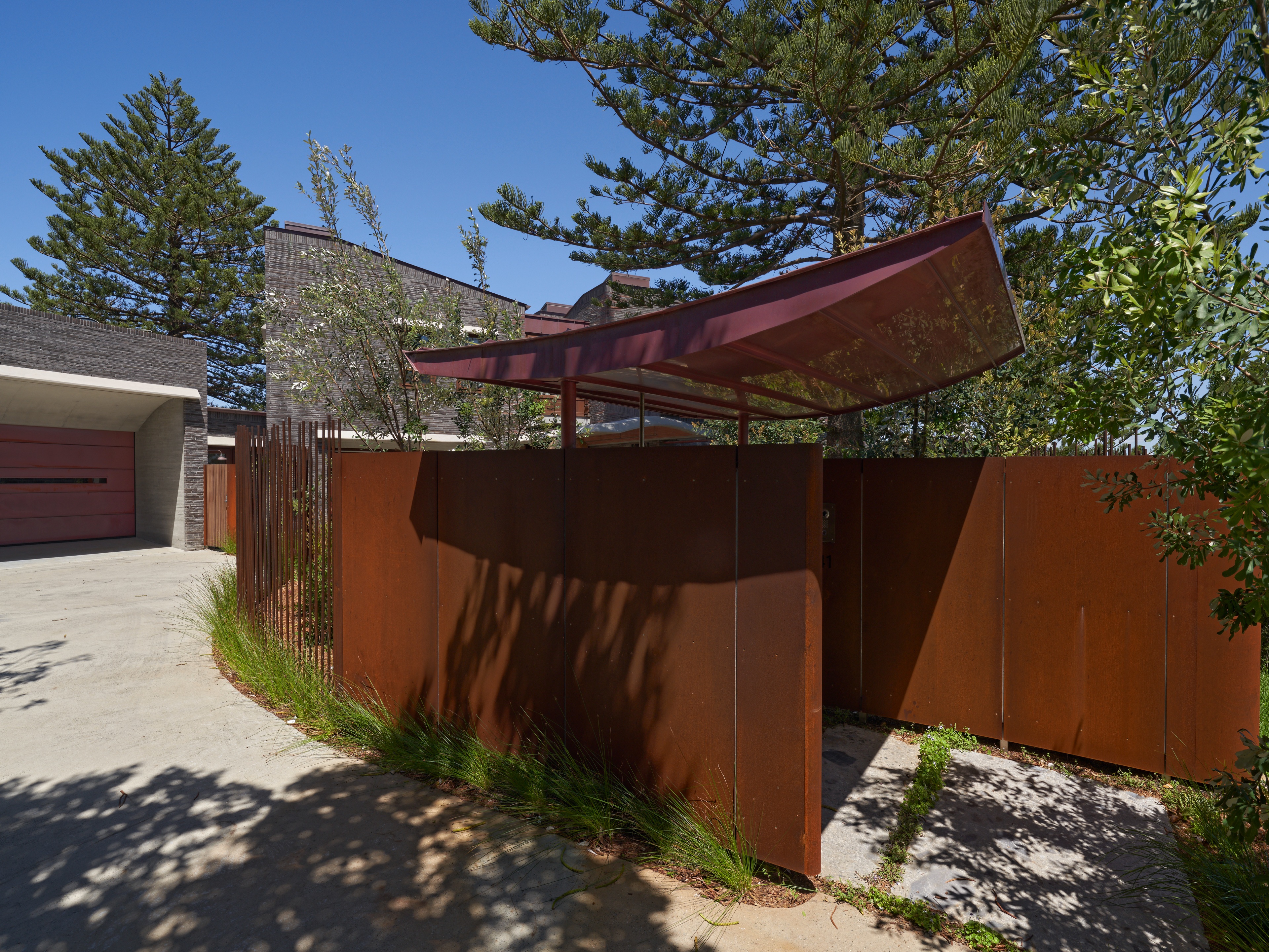
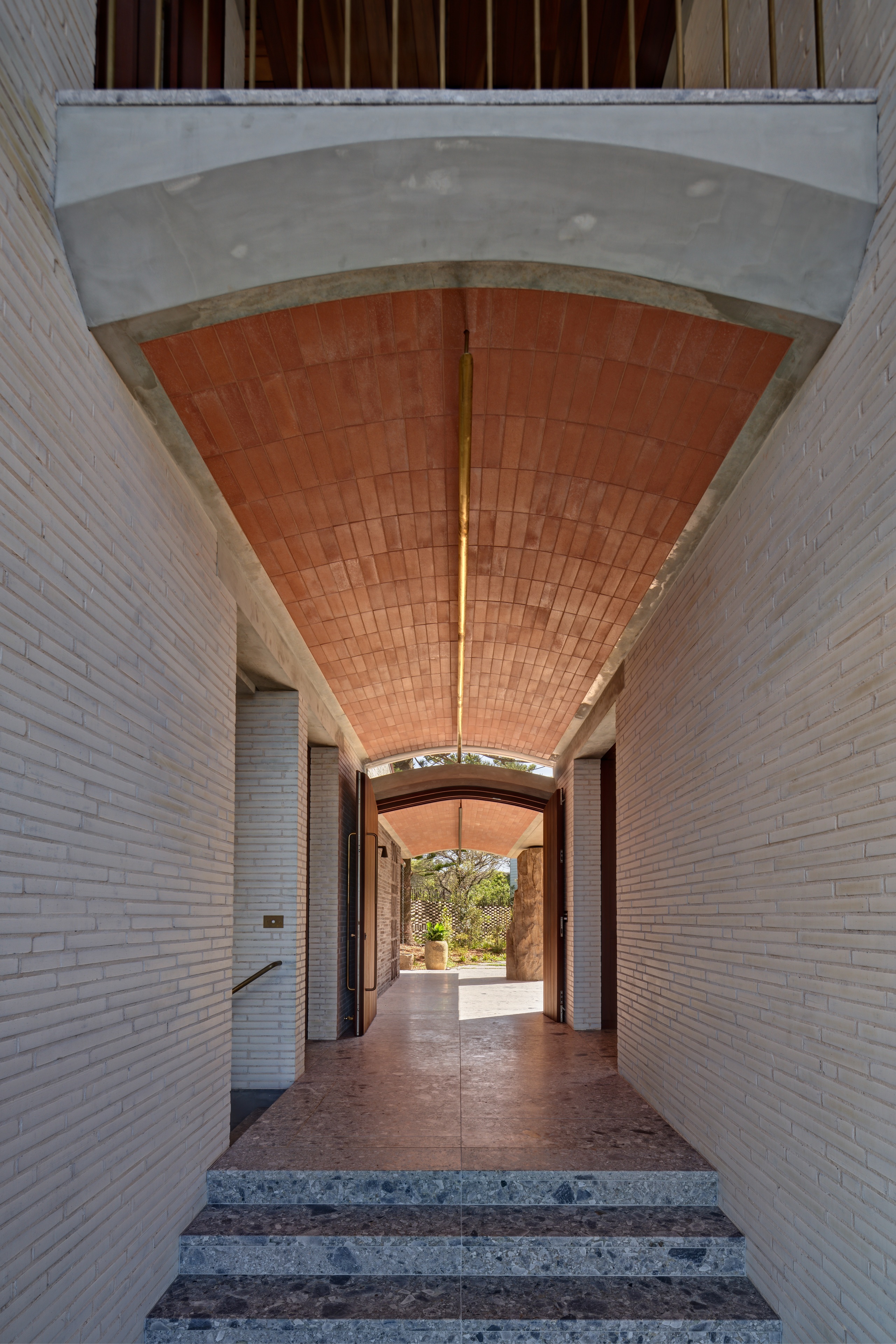

INFORMATION
caseybrown.com.au
Harriet Thorpe is a writer, journalist and editor covering architecture, design and culture, with particular interest in sustainability, 20th-century architecture and community. After studying History of Art at the School of Oriental and African Studies (SOAS) and Journalism at City University in London, she developed her interest in architecture working at Wallpaper* magazine and today contributes to Wallpaper*, The World of Interiors and Icon magazine, amongst other titles. She is author of The Sustainable City (2022, Hoxton Mini Press), a book about sustainable architecture in London, and the Modern Cambridge Map (2023, Blue Crow Media), a map of 20th-century architecture in Cambridge, the city where she grew up.
-
 This cult Los Angeles pop-up restaurant now has a permanent address
This cult Los Angeles pop-up restaurant now has a permanent addressChef Brian Baik’s Corridor 109 makes its permanent debut in Melrose Hill. No surprise, it's now one of the hardest tables in town to book
-
 French bistro restaurant Maset channels the ease of the Mediterranean in London
French bistro restaurant Maset channels the ease of the Mediterranean in LondonThis Marylebone restaurant is shaped by the coastal flavours, materials and rhythms of southern France
-
 How ethical is Google Street View, asks Jon Rafman in Copenhagen
How ethical is Google Street View, asks Jon Rafman in CopenhagenIn 'Report a Concern - the Nine Eyes Archives' at Louisiana Museum of Art, Copenhagen, Jon Rafman considers technology's existential implications
-
 The Architecture Edit: Wallpaper’s houses of the month
The Architecture Edit: Wallpaper’s houses of the monthFrom wineries-turned-music studios to fire-resistant holiday homes, these are the properties that have most impressed the Wallpaper* editors this month
-
 An Australian holiday home is designed as a bushfire-proof sanctuary
An Australian holiday home is designed as a bushfire-proof sanctuary‘Amongst the Eucalypts’ by Jason Gibney Design Workshop (JGDW) rethinks life – and architecture – in fire-prone landscapes, creating a minimalist holiday home that’s meant to last
-
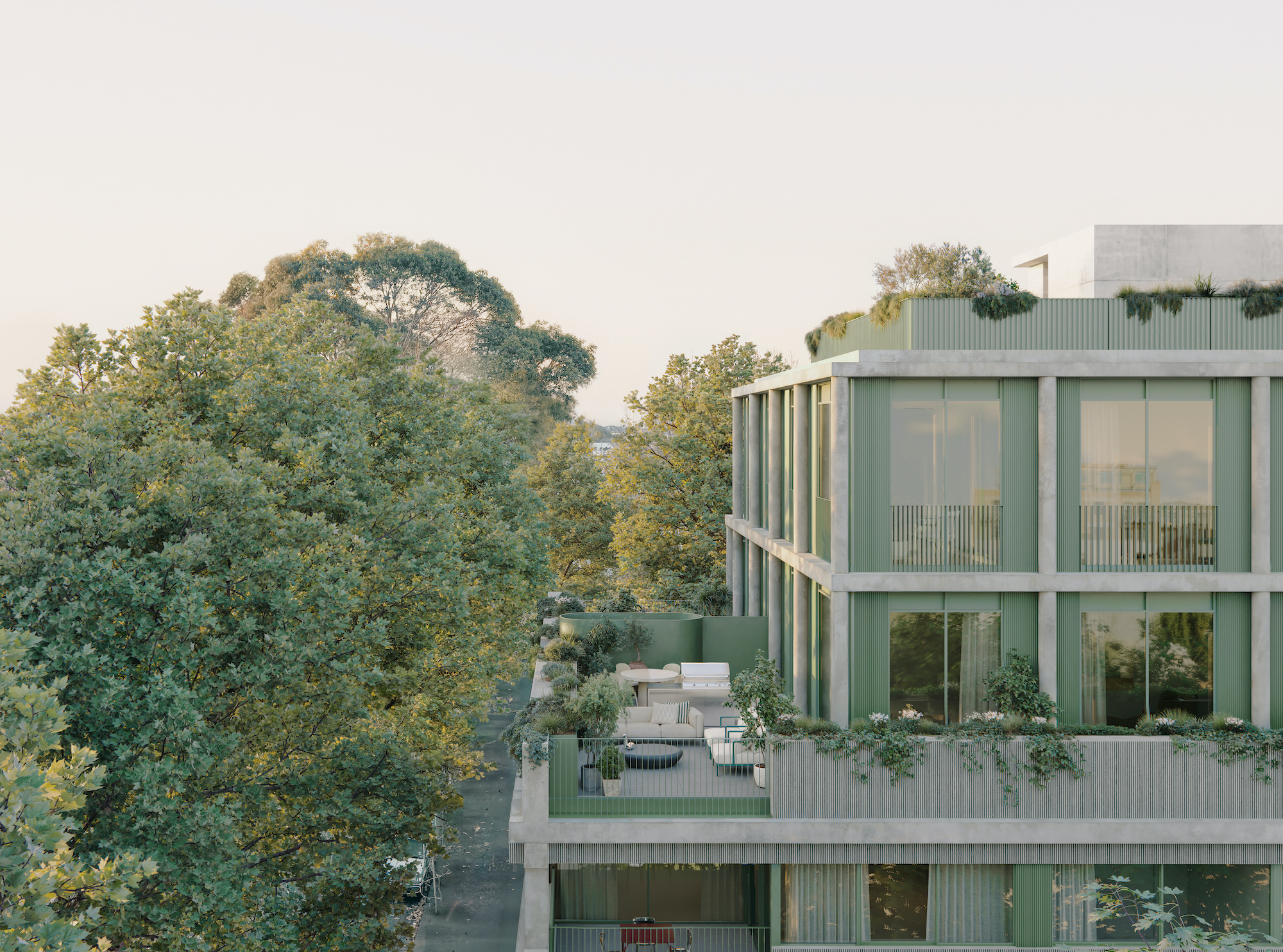 Neometro is the Australian developer creating homes its founders ‘would be happy living in’
Neometro is the Australian developer creating homes its founders ‘would be happy living in’The company has spent 40 years challenging industry norms, building design-focused apartment buildings and townhouses; a new book shares its stories and lessons learned
-
 The Melbourne studio rewilding cities through digital-driven landscape design
The Melbourne studio rewilding cities through digital-driven landscape design‘There's a lack of control that we welcome as designers,’ say Melbourne-based landscape architects Emergent Studios
-
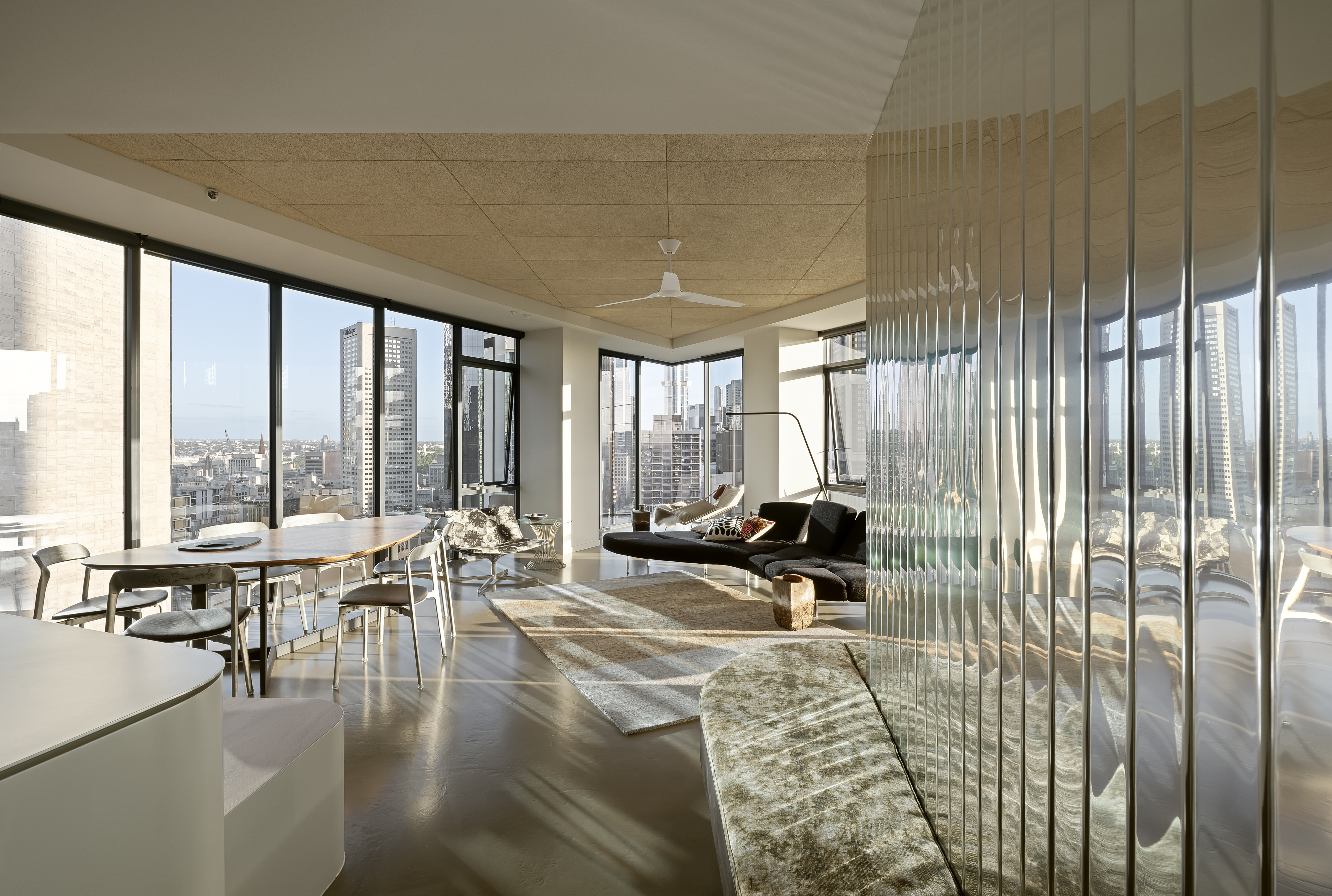 A Republic Tower apartment refresh breathes new life to a Melbourne classic
A Republic Tower apartment refresh breathes new life to a Melbourne classicLocal studio Multiplicity's refresh signals a new turn for an iconic Melbourne landmark
-
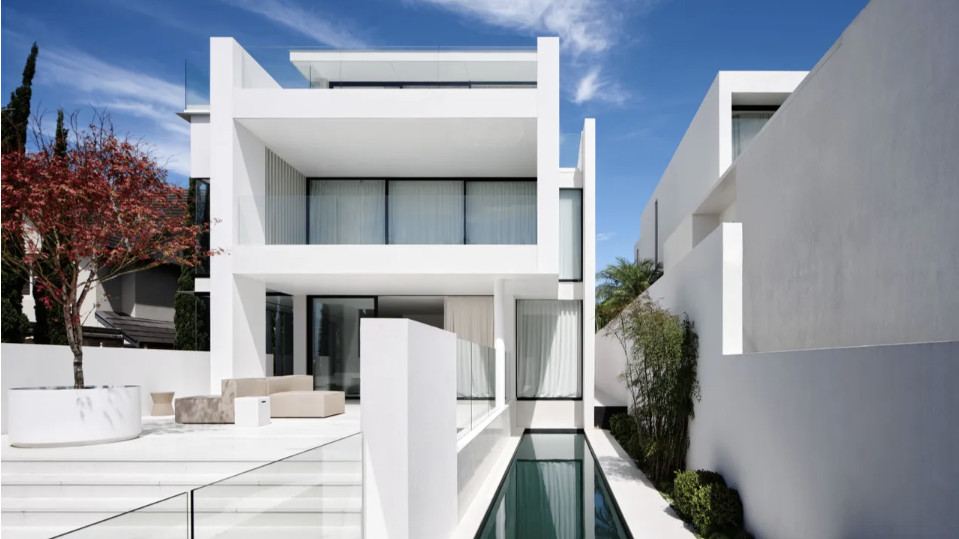 A Japanese maple adds quaint charm to a crisp, white house in Sydney
A Japanese maple adds quaint charm to a crisp, white house in SydneyBellevue Hill, a white house by Mathieson Architects, is a calm retreat layered with minimalism and sophistication
-
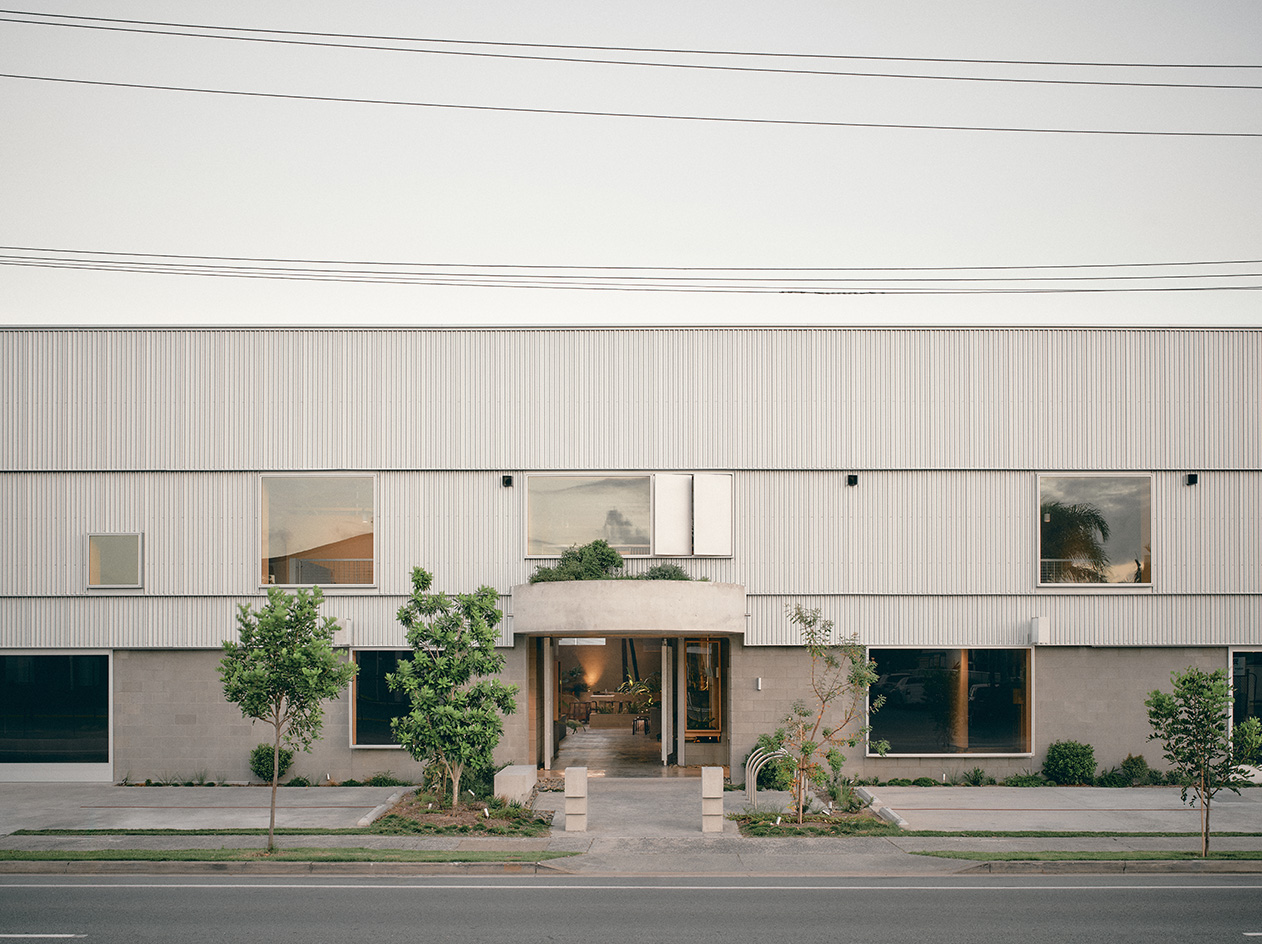 A redesigned warehouse complex taps into nostalgia in Queensland
A redesigned warehouse complex taps into nostalgia in QueenslandA warehouse in Queensland has been transformed from neglected industrial sheds to a vibrant community hub by architect Jared Webb, drawing on the typology's nostalgic feel
-
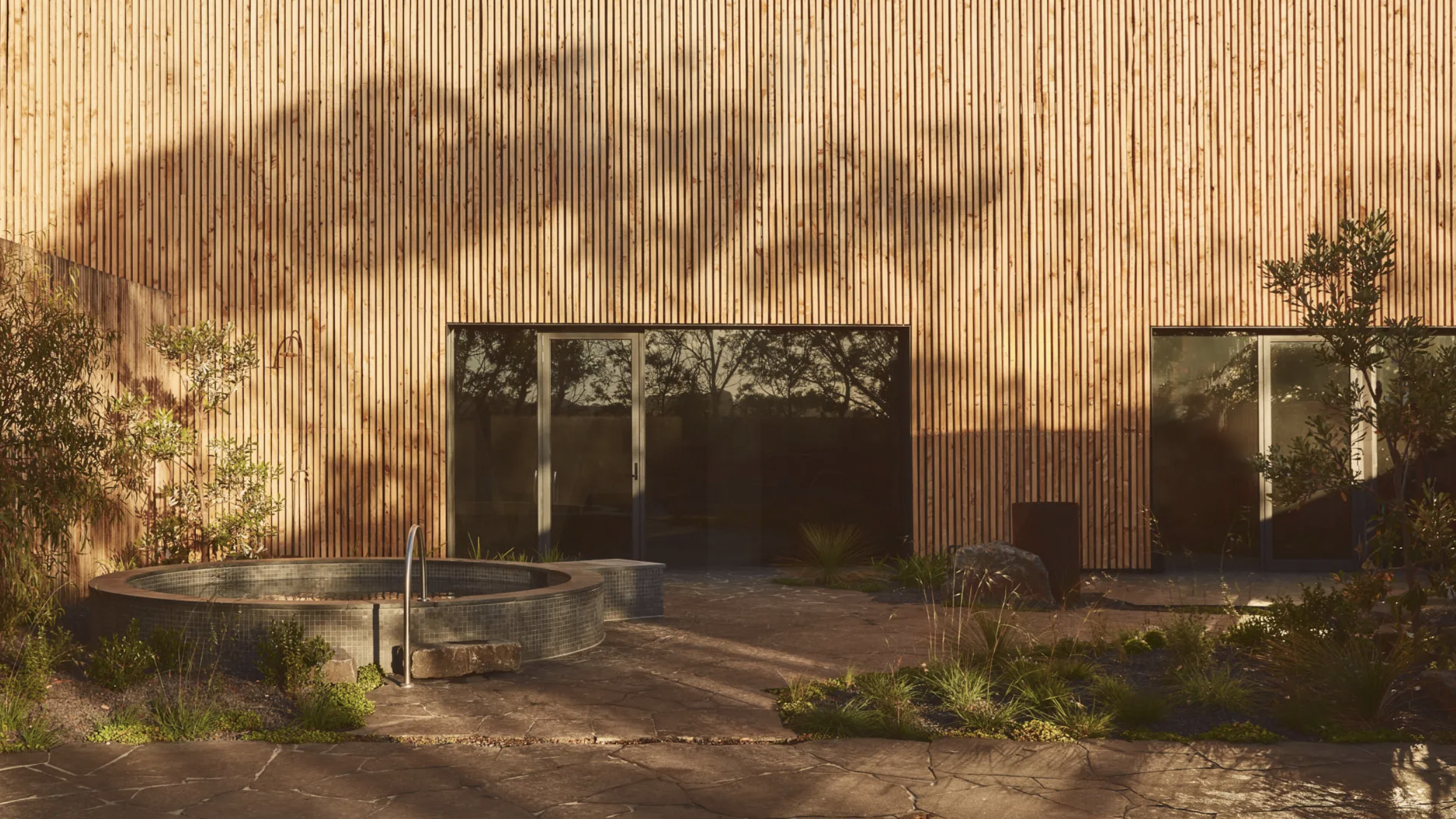 Australian bathhouse ‘About Time’ bridges softness and brutalism
Australian bathhouse ‘About Time’ bridges softness and brutalism‘About Time’, an Australian bathhouse designed by Goss Studio, balances brutalist architecture and the softness of natural patina in a Japanese-inspired wellness hub